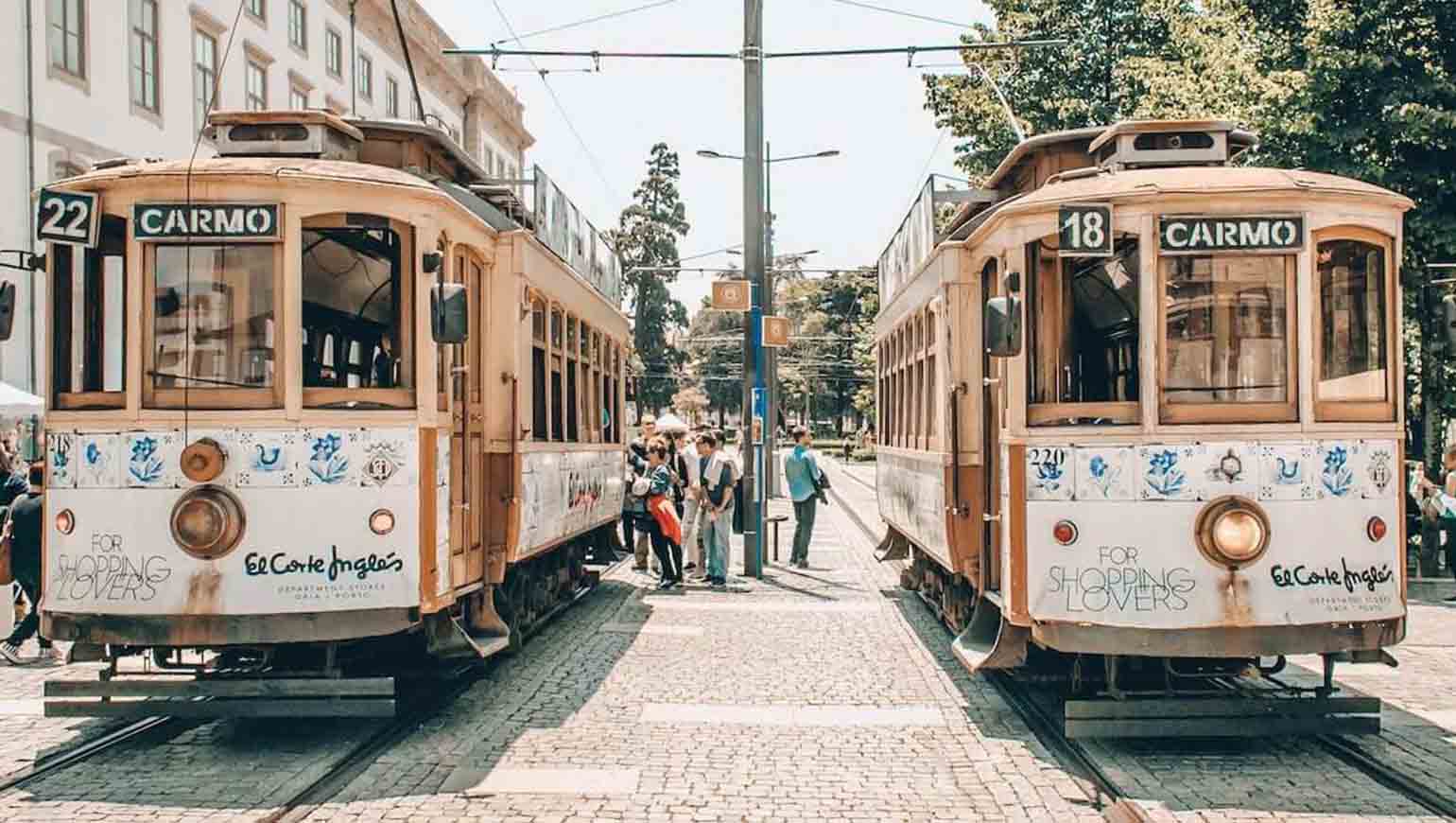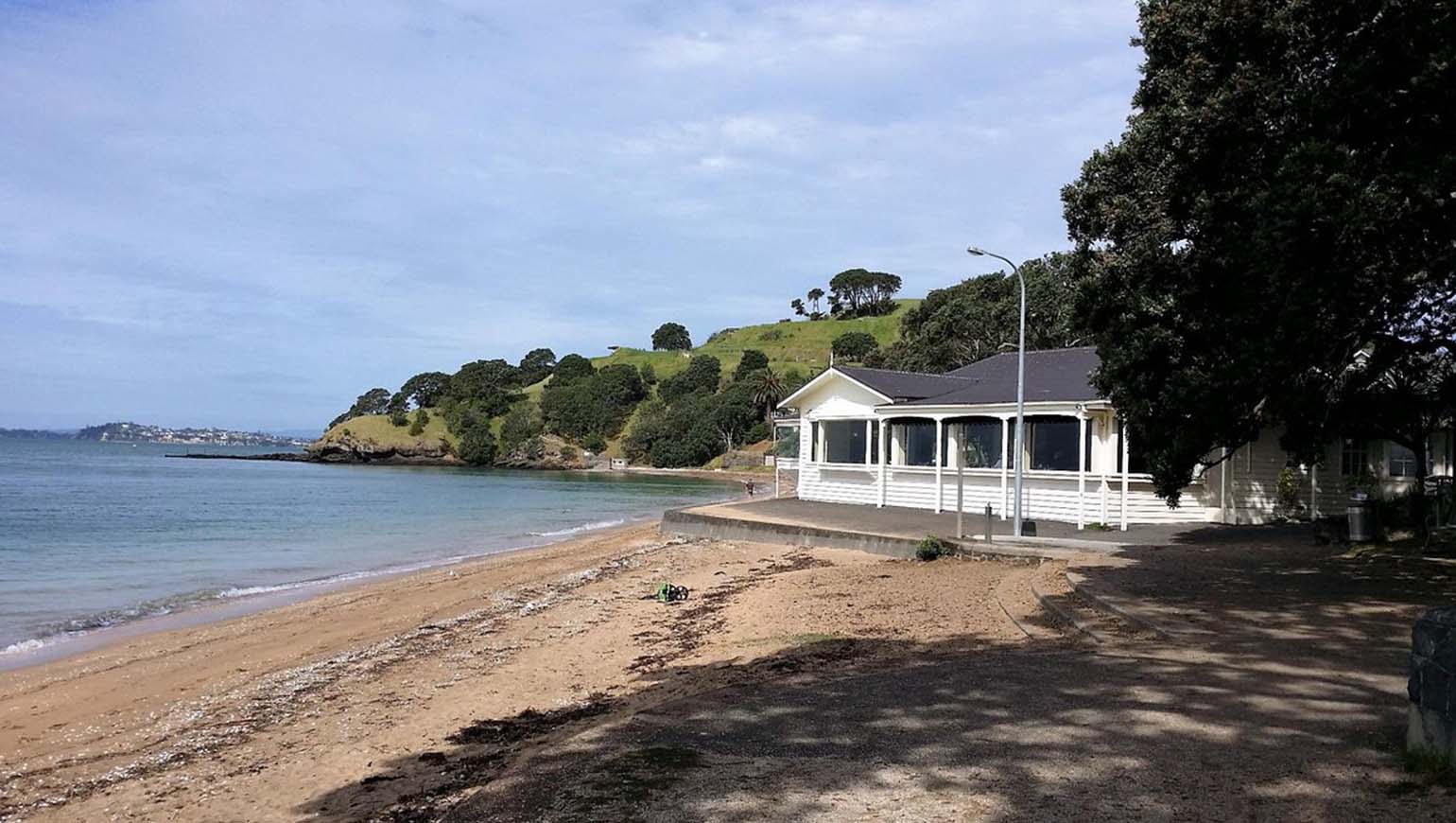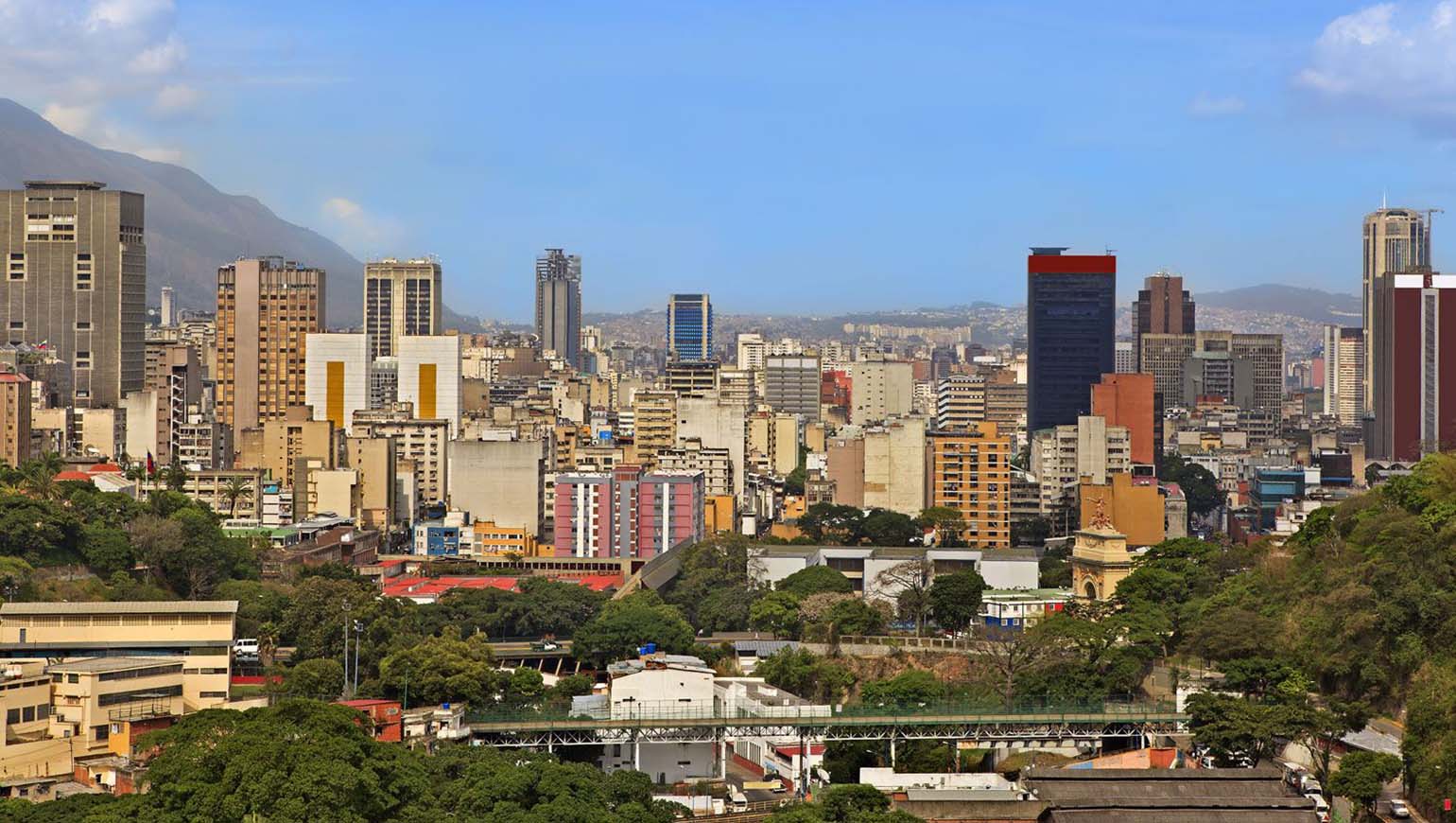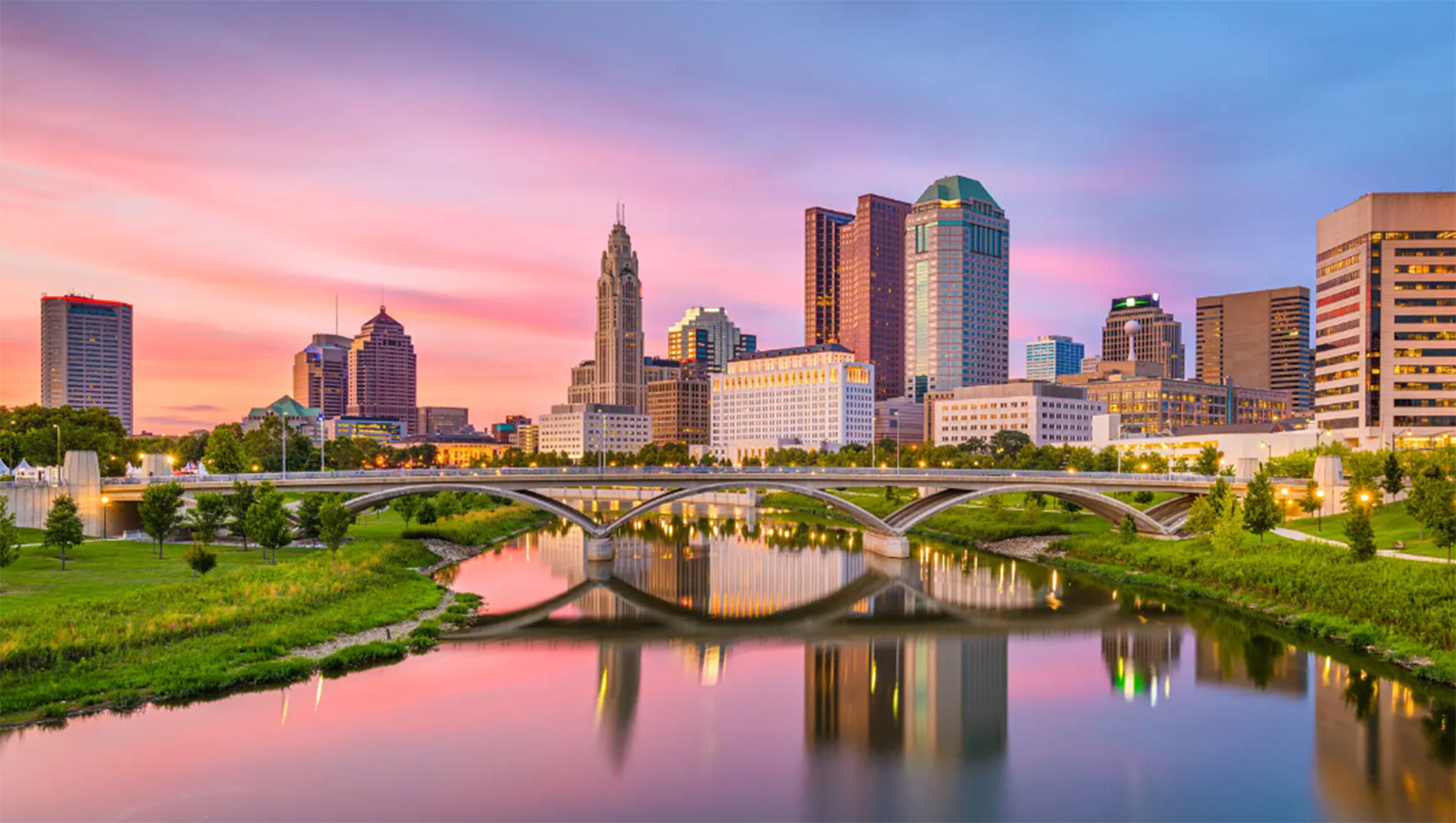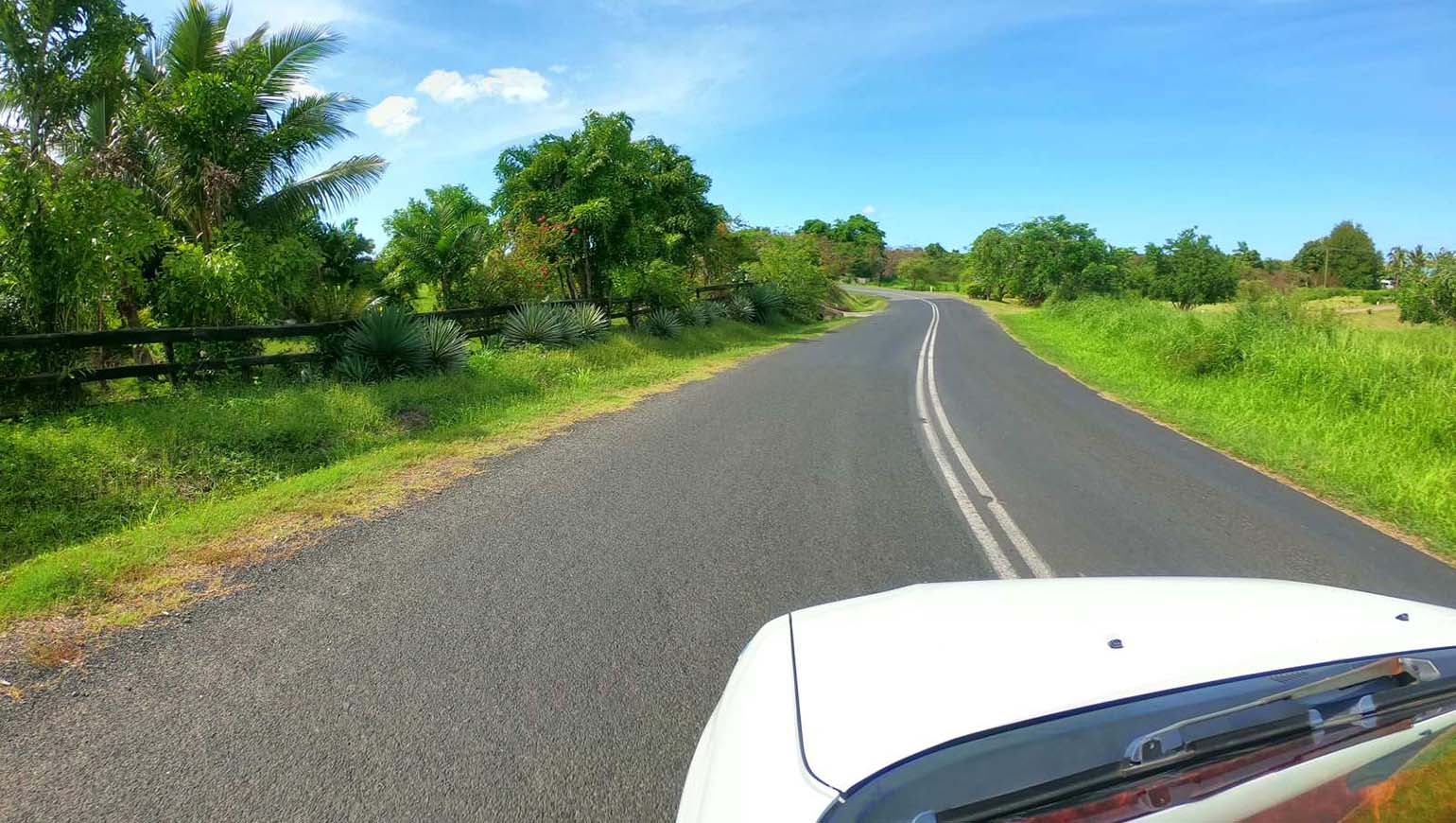Porto, Portugal’s second-largest city, attracts thousands of tourists with its unique history, culture, and stunning scenery. As one of Portugal’s most charming tourist destinations, Porto is not only a city rich in history but also renowned for its modern art, wine, and cuisine. Before embarking on your journey to this vibrant city, there are some practical tips that can help you plan and enjoy your trip better. I’m going to give you 10 top tips you must know before traveling to Porto, helping you avoid common travel pitfalls and ensuring you have a smoother, more enjoyable experience in Porto.
1. Understand Porto’s Weather and Best Time to Visit
Porto has a mild Mediterranean climate with four distinct seasons. Summers are warm and dry, with temperatures often reaching above 30°C, while winters are mild and damp, with temperatures typically around 10°C. The best times to visit are during the spring and fall (April to June, September to October), when the weather is pleasant and the number of tourists is relatively lower, making it ideal for city sightseeing and outdoor activities. Although summer is sunny and bright, it is also crowded, and hotel prices are higher. If you want to avoid large crowds, the fall is an ideal time to visit.
2. Porto is a Pedestrian- and Public Transport-Friendly City
Porto’s city center is compact and pedestrian-friendly, making it a wonderful destination for travelers who love to explore on foot. Most of the city’s main attractions are situated within walking distance of each other, so you can easily navigate through Porto’s narrow, cobbled streets and charming neighborhoods while soaking in the vibrant atmosphere. As you walk, be prepared for Porto’s famous hills, which may require some effort, especially if you’re heading to iconic spots like the Ribeira district or the panoramic viewpoints. Therefore, wearing comfortable walking shoes is a must. The city’s steep inclines can be demanding, but the reward is always a breathtaking view of Porto’s picturesque skyline or the Douro River.
For those who prefer not to walk too much, Porto offers an efficient and affordable public transportation system. The metro, buses, and trams make it easy to get around the city, even to more distant locations. The metro system is particularly useful for longer journeys, such as to and from the airport or to neighboring suburbs. Trams, on the other hand, are a convenient and scenic way to navigate Porto’s hilly terrain, as they can take you up and down the steep streets with ease. For tourists who plan to make several trips using public transport, the “Andante Card” is a great option. It allows for unlimited travel on metro, buses, and trams for a set number of days, making it a cost-effective way to explore the city while saving time and energy.
3. Book Wine Cellar Tours in Advance
Porto is globally famous for its port wine, and no trip to the city would be complete without visiting its historic wine cellars. Located across the Douro River in the Gaia district (Vila Nova de Gaia), Porto’s wine cellars offer a fascinating glimpse into the world of port wine production. Some of the most renowned names in the industry, such as Graham’s, Sandeman, and Taylor’s, have their cellars here, and many offer guided tours that take you through the wine-making process, from the crushing of grapes to the aging process that gives port wine its distinctive flavor. The tours typically end with a tasting session, where you can sample various types of port wine, each with its own unique characteristics.
Given the popularity of these tours, it is highly recommended to book in advance, especially during peak tourist seasons. The summer months and holiday periods tend to attract large crowds, and without a reservation, you might find yourself waiting in long lines or, worse, unable to join the tour at all. By booking online in advance, you can secure your spot and avoid the disappointment of being turned away. Furthermore, some wine cellars offer specialized tours or private tastings, which can provide a more intimate and personalized experience. Booking in advance also allows you to plan your day more effectively, ensuring you make the most of your time in Porto. Whether you are a wine enthusiast or simply curious about the port-making tradition, a visit to these cellars is an unforgettable experience that will deepen your appreciation for Porto’s cultural heritage.
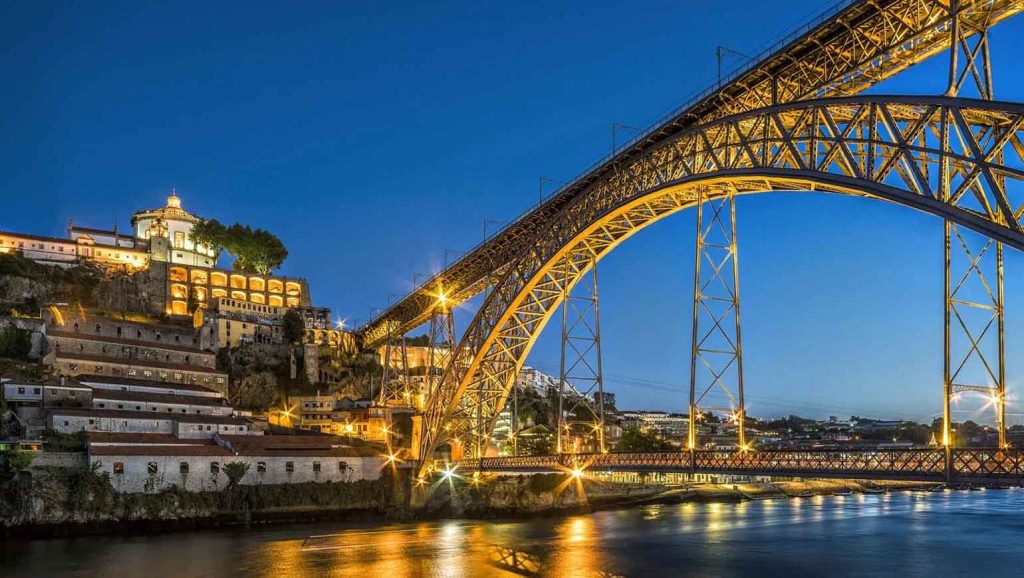
4. Learn Some Basic Portuguese Phrases
Although Porto is an international city where many people can speak English, knowing a few basic Portuguese phrases will make your trip much smoother. The people of Porto are friendly and welcoming, and they will appreciate your effort to speak in their native language. Simple greetings like “Bom dia” (Good morning) and “Obrigado/a” (Thank you) can go a long way in making your experience more enjoyable.
5. Prepare for Porto’s Climate with Appropriate Clothing
While Porto’s climate is mild, the weather can often feel damp, especially during the fall and winter. Make sure to bring a waterproof jacket, particularly during the autumn and winter months. Porto’s cityscape has many hills, especially in the old town, so walking may be a bit challenging. Comfortable shoes are recommended, particularly on days when you will be walking a lot. Additionally, Porto’s scenic spots often have outdoor areas, so sunglasses and sunscreen are essential items to bring along.
6. Porto’s Culinary Culture
Porto’s cuisine is diverse and full of flavor, making it worth your time to savor the local dishes. In addition to the famous Portuguese seafood, one of Porto’s signature dishes is the Francesinha, a luxurious sandwich made with meat, sausage, cheese, and beer sauce. It’s a hearty and unique dish. Also, Porto’s desserts are exquisite, with the Pastel de Nata (Portuguese custard tart) being a must-try. Be sure to leave some room in your stomach to sample the local delicacies and street food.
7. Know the Local Tipping Customs
In Porto, most restaurants and cafés include a 10% service charge in the bill, so tipping is not mandatory. However, if you are pleased with the service, you can leave a small tip, usually between 5% and 10%. Taxi drivers and hotel staff also appreciate tips, though it’s not compulsory. If you feel the service was excellent, leaving a tip is a polite gesture.
8. Book Your Accommodation in Advance
Porto offers a wide range of accommodation options, from luxurious five-star hotels to boutique hotels with local charm. However, during peak tourist seasons (especially in summer and around holidays), hotels near popular attractions can be fully booked, and prices may rise. To ensure you get the accommodation you want, it’s recommended to book in advance, especially during high travel seasons. Staying close to the city center will also make it more convenient for you to explore Porto’s major attractions.
9. Porto’s Safety
Porto is generally considered a safe city, with a relatively low crime rate compared to other European cities. That being said, just like any popular tourist destination, it’s essential to stay cautious and aware of your surroundings, especially in crowded areas and on public transport. Pickpockets tend to target busy spots such as popular landmarks, public markets, and transportation hubs like the main train station or metro stations. To protect yourself, avoid carrying large amounts of cash or displaying expensive items such as jewelry or electronics in public. Consider using a money belt or a cross-body bag that you can keep close to your body. In addition, it’s always a good idea to double-check that your bag is securely zipped, especially when you are on crowded buses or trams. For extra peace of mind, use hotel safes to store valuable items such as passports, laptops, and cameras. By staying vigilant and being aware of your surroundings, you can enjoy your trip to Porto without any unnecessary concerns.

10. Don’t Miss the Douro Valley and Surrounding Attractions
While Porto itself has plenty to offer, its surrounding areas are equally stunning and definitely worth exploring. The Douro Valley, just a short drive from the city, is one of the most picturesque wine regions in the world. Known for its terraced vineyards that stretch along the banks of the Douro River, this region is famous for producing Port wine. A visit to the Douro Valley gives you the opportunity to tour traditional vineyards, taste wines directly from the source, and enjoy the breathtaking views of the river winding through the valley. If you’re interested in a more active experience, you can even take a river cruise along the Douro River to soak in the incredible landscapes. Aside from the Douro Valley, the nearby town of Matosinhos, famous for its seafood restaurants and beaches, is perfect for a relaxing day trip. You can stroll along the beach, enjoy fresh seafood, or visit the lively local markets. Both the Douro Valley and Matosinhos provide excellent opportunities to escape the city for a day and experience the natural beauty and local traditions of northern Portugal.
Porto is a city that blends old-world charm with modern sophistication. From wandering through narrow, cobbled streets in the historic center to admiring contemporary art in world-class museums, the city offers an incredible array of experiences for all kinds of travelers. Its scenic riverfront, renowned wine culture, and delicious food make it a place where every visit promises something new. By keeping these practical tips in mind, you’ll be well-prepared to enjoy everything Porto has to offer while ensuring a safe and smooth journey.
